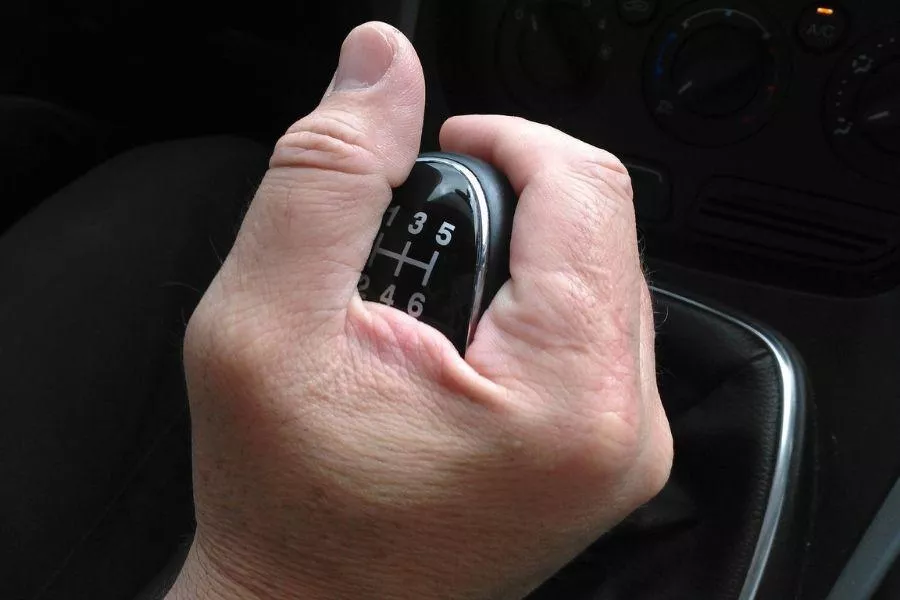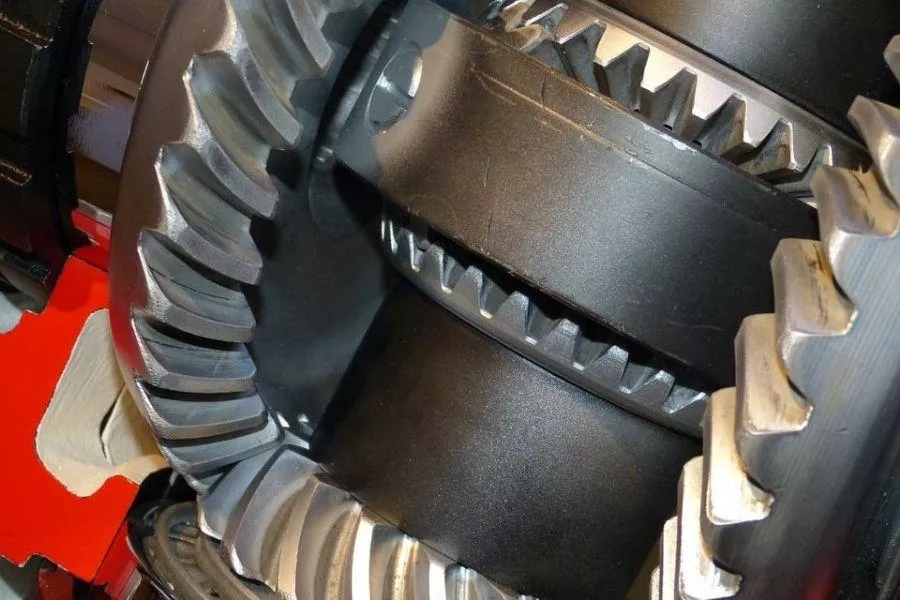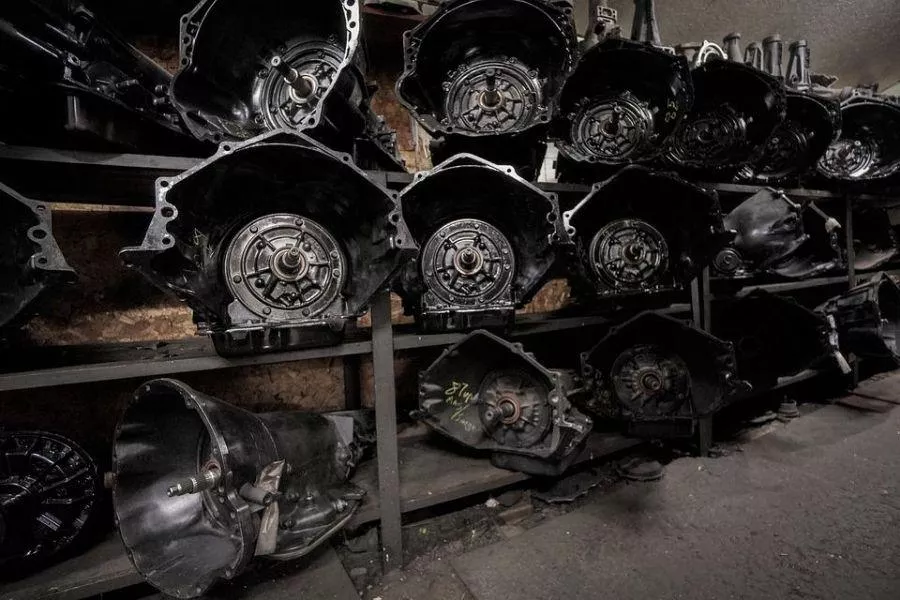As complex machines, cars are known for their sheer number of moving parts, most of which are located under the hood. Most mechanical activity takes place in the engine, especially with the combustion process necessary to move the car forward.

Whether you drive a manual or automatic transmission, it still operates on the principle of friction
Given that, the engine is the first thing to comes to mind for most motorists when the subject of overheating is brought up. Not surprising too, considering that it uses a flammable material (fuel) ignited by either spark plugs (for gasoline engines) or glow plugs (for diesel power units).
But the engine isn’t the only part of the car subject to high temperatures during normal use. The vehicle’s transmission is also exposed to heat, on account of the friction caused by the contact between the metal gears as it diverts power from the engine to the drive wheels.

The constant grinding motion of the gears generates heat
That said, the transmission is also susceptible to overheating because of these moving parts. An overheating transmission is a serious matter because it can affect your vehicle’s ability to run safely. The transmission on most vehicles is monitored by a temperature sensor, which warns the driver if the fluid is unusually hot.
There are several factors that can lead to your transmission running hotter than normal:
- Low/excessive/old/dirty/burnt transmission fluid
- Engine overheating that places more stress on the transmission
- Internal transmission damage
- External factors (e.g. high ambient heat, stop-and-go traffic, extreme uphill grades)
- Driving habits (e.g. accelerating too fast, carrying excessive loads)
There are several signs to watch out for to know if your transmission is already overheating. You might notice a burning smell both in and out of the vehicle, or the gears might be slipping during acceleration or deceleration. Delayed or malfunctioning gear shifts are also another sign, as well as grinding or shaking sensations while idling or accelerating.

In a worst-case scenario, you may need to have the car's entire transmission replaced
If you observe these symptoms and suspect an overheating transmission, pull over at a safe place. After the vehicle has cooled down, carefully try to drive again. If the problem persists, you may need to have your car brought in for servicing. Continuing to drive a vehicle with an overheating transmission can lead to costly internal damage.
Find more tips for beginner car owners at Philkotse.com.
Recent posts
- Why is transmission fluid red Mar 10, 2022
- Several reasons why your car is not shifting into gear Apr 17, 2020
- Traffic in the Philippines & your automatic transmission Mar 11, 2021
- Some habits accidentally shorten the life expectancy of transmission. Apr 12, 2017











